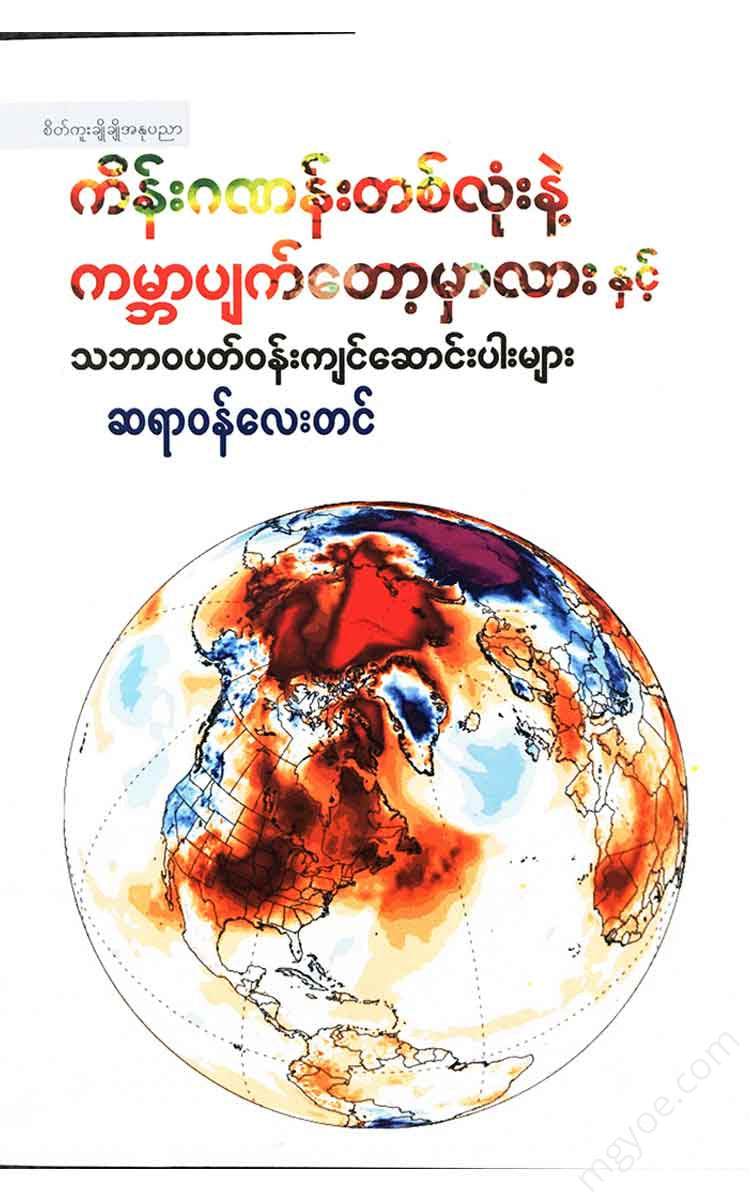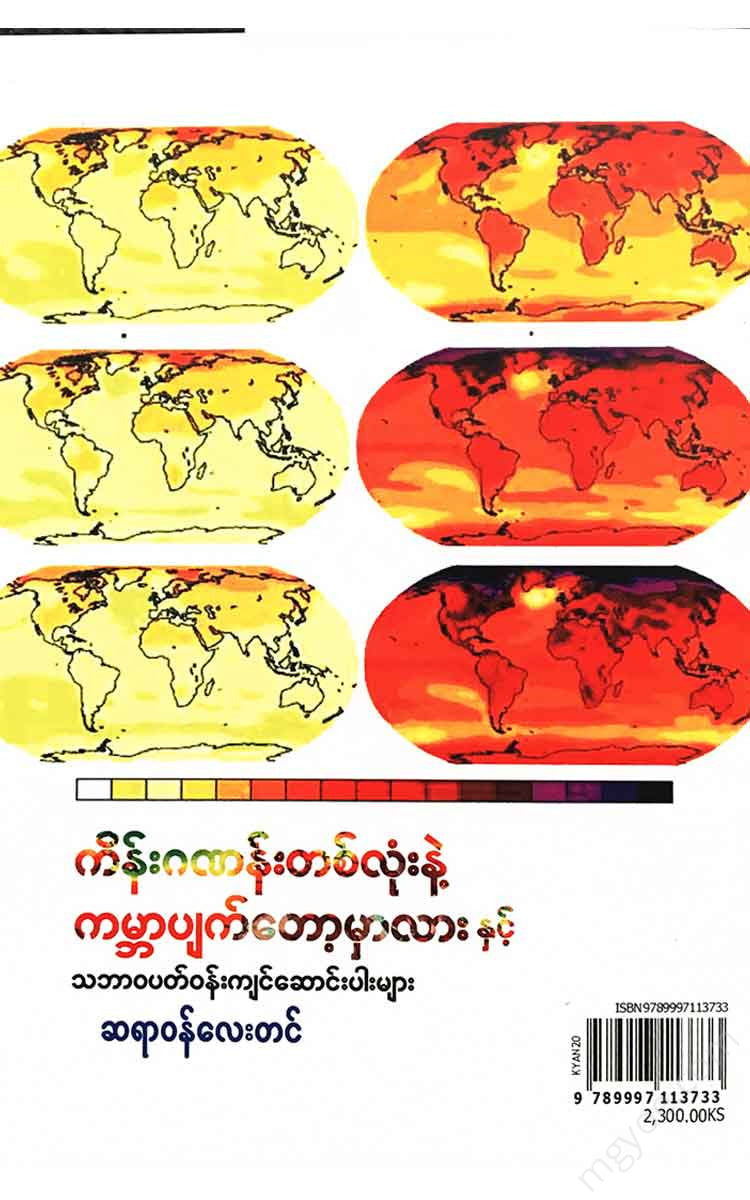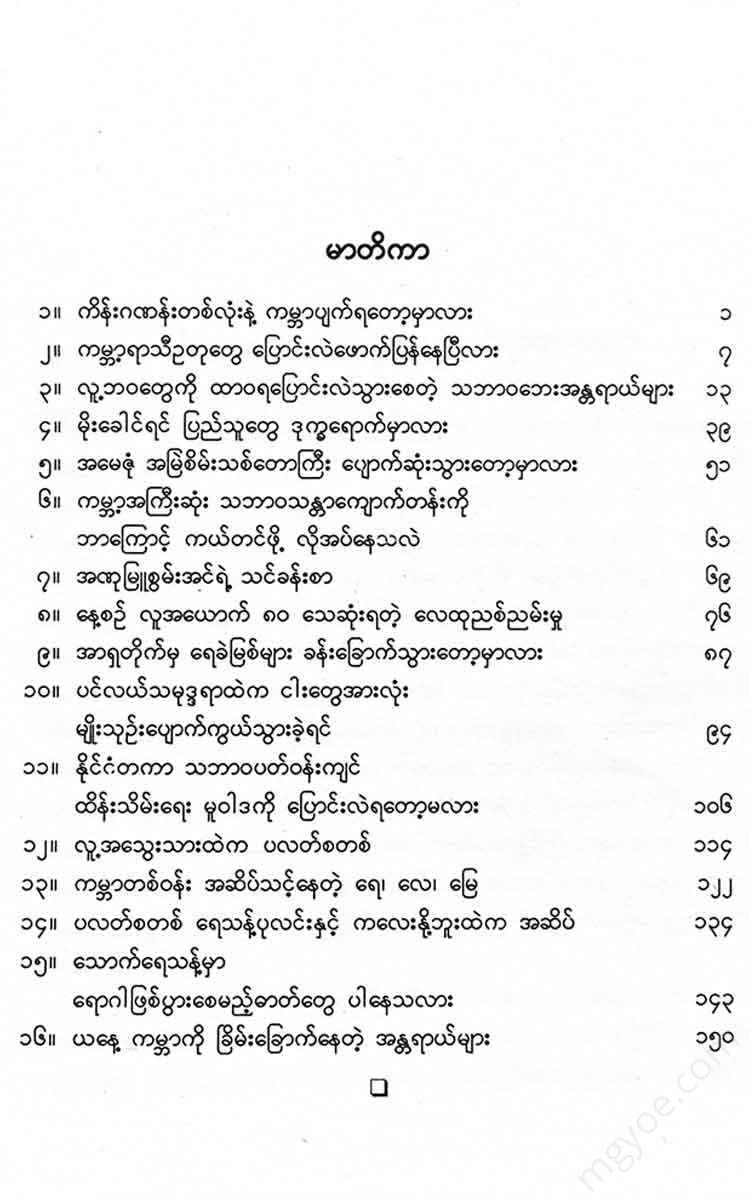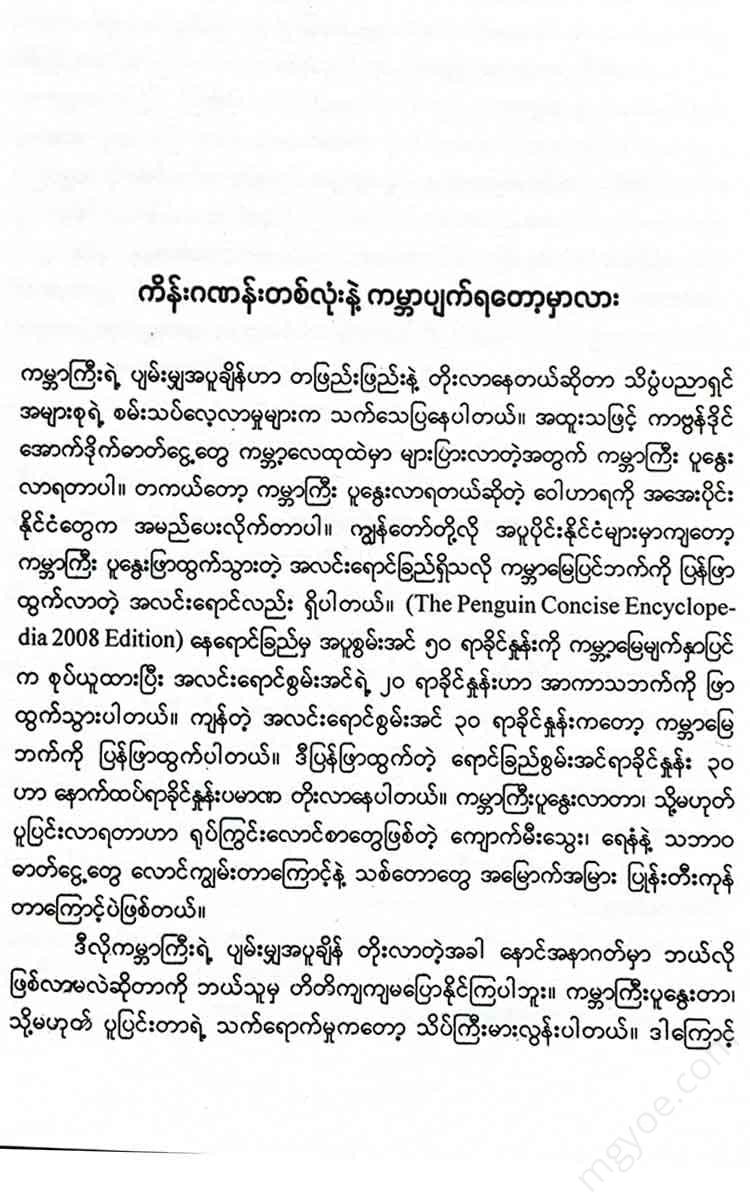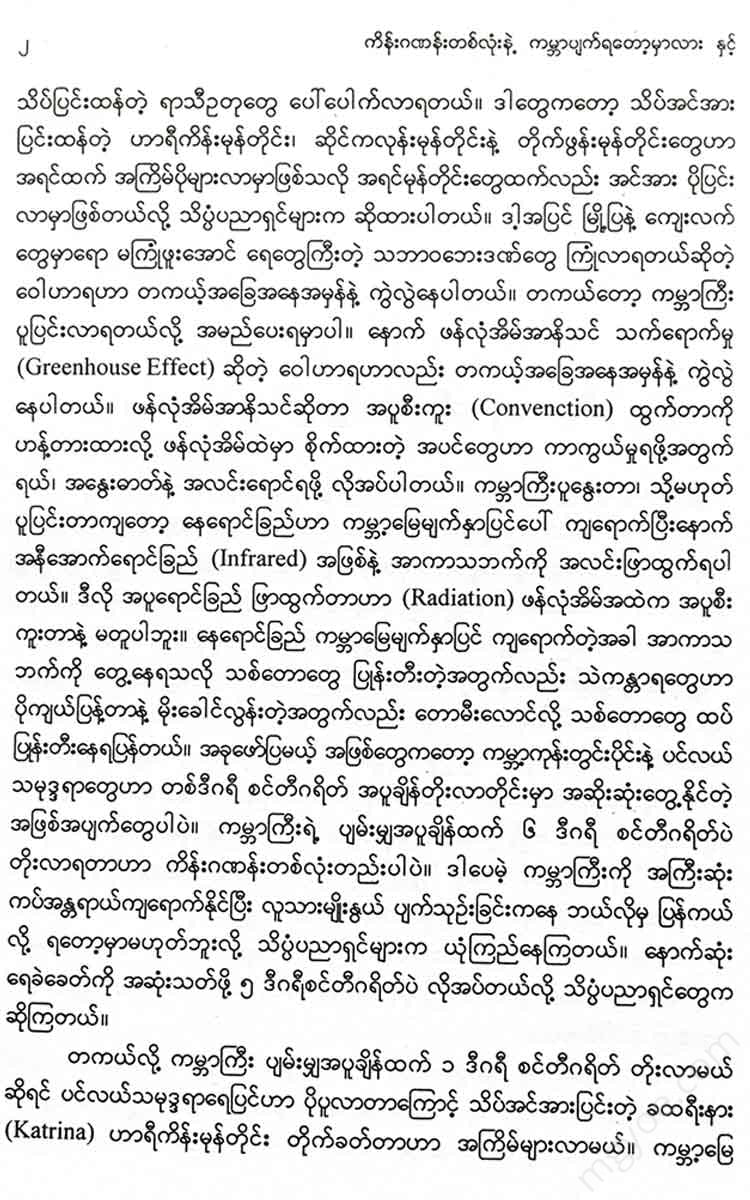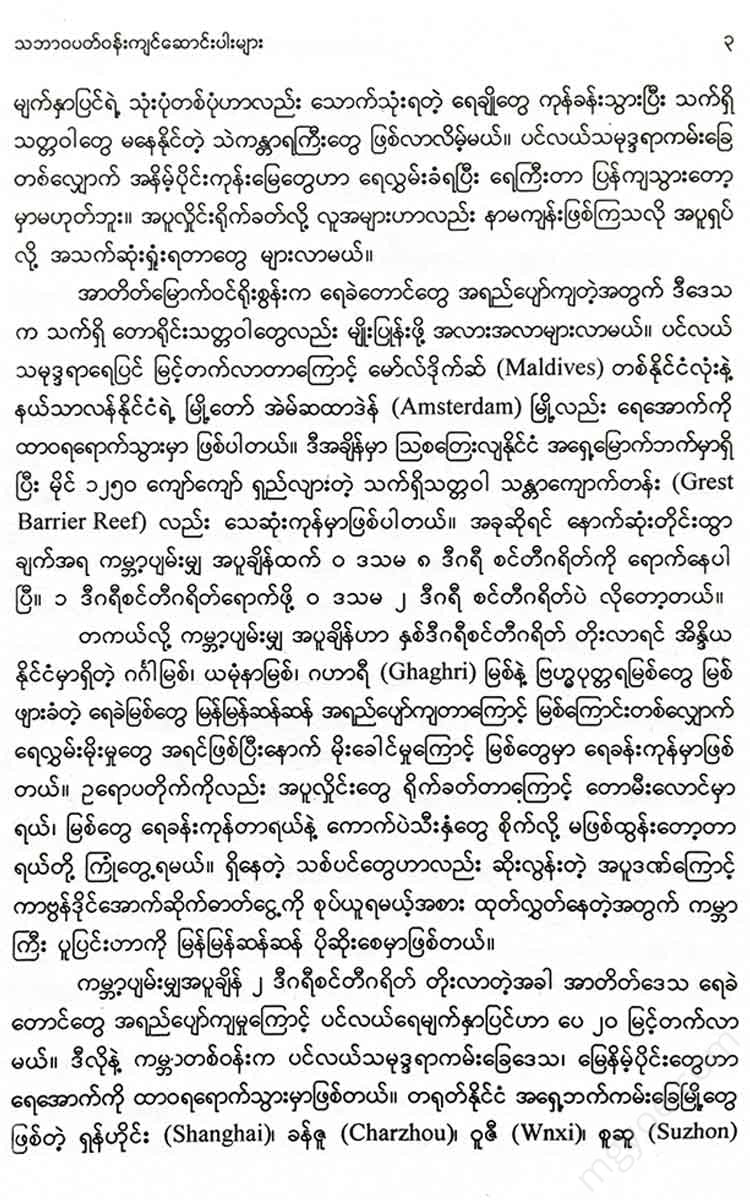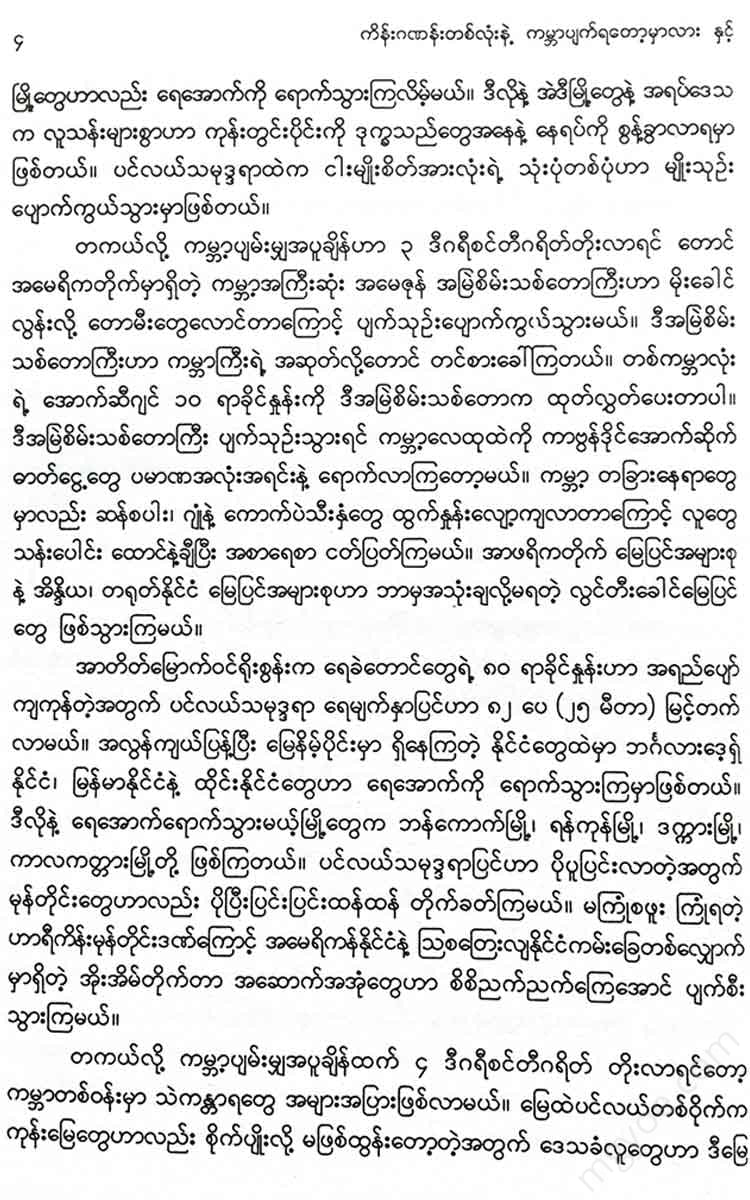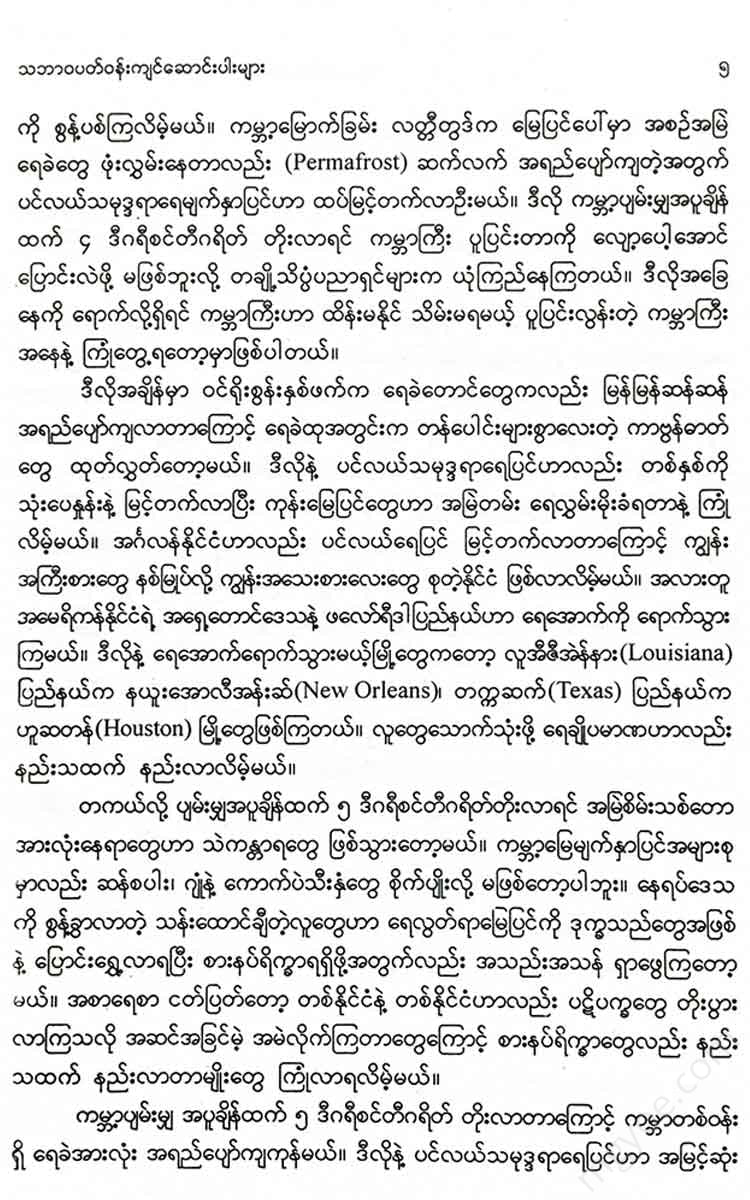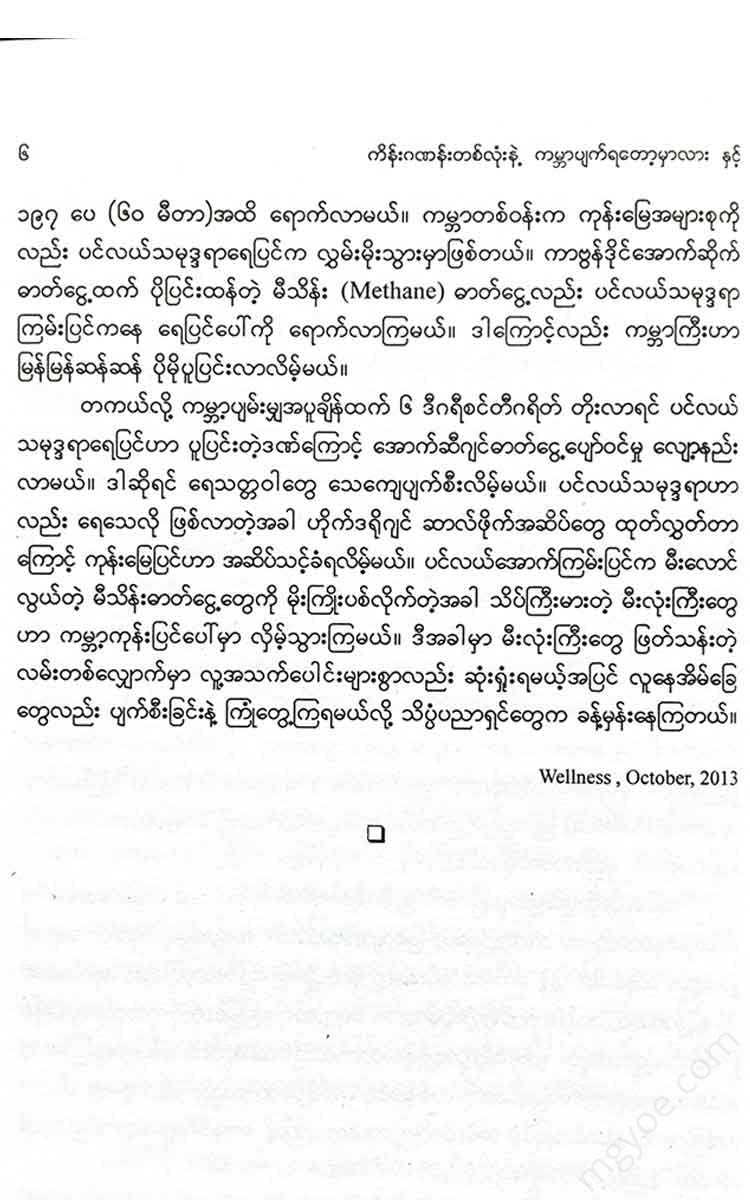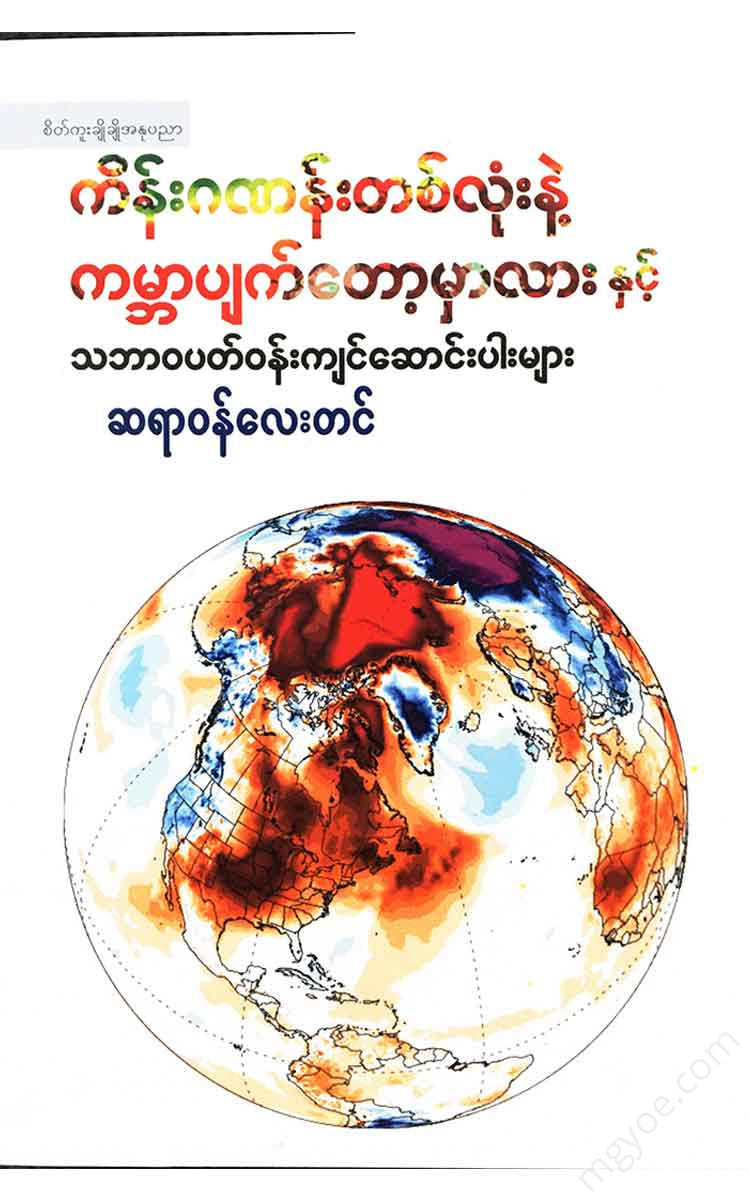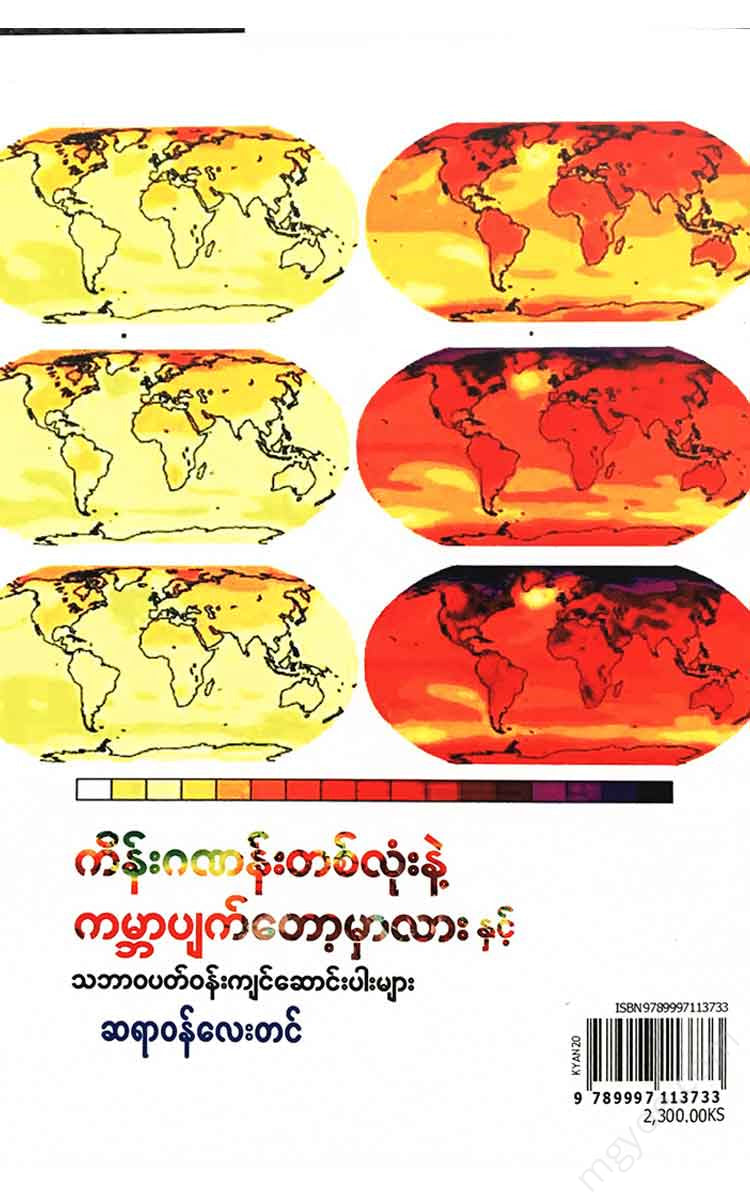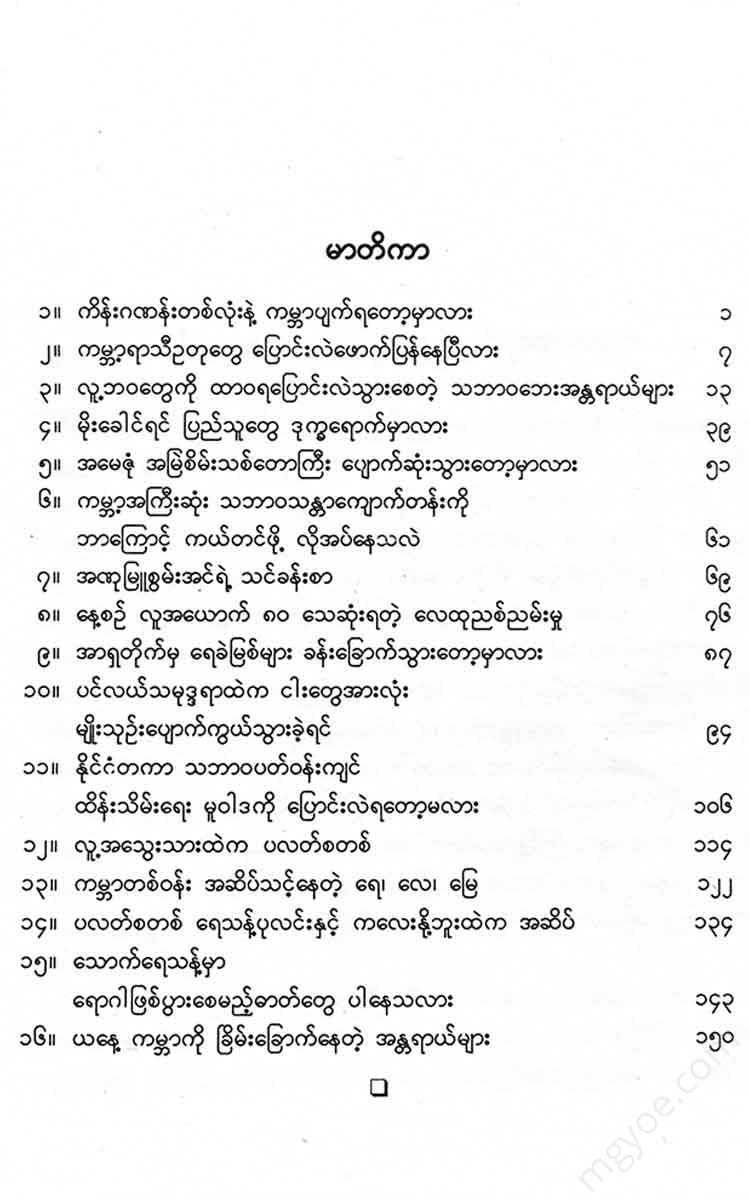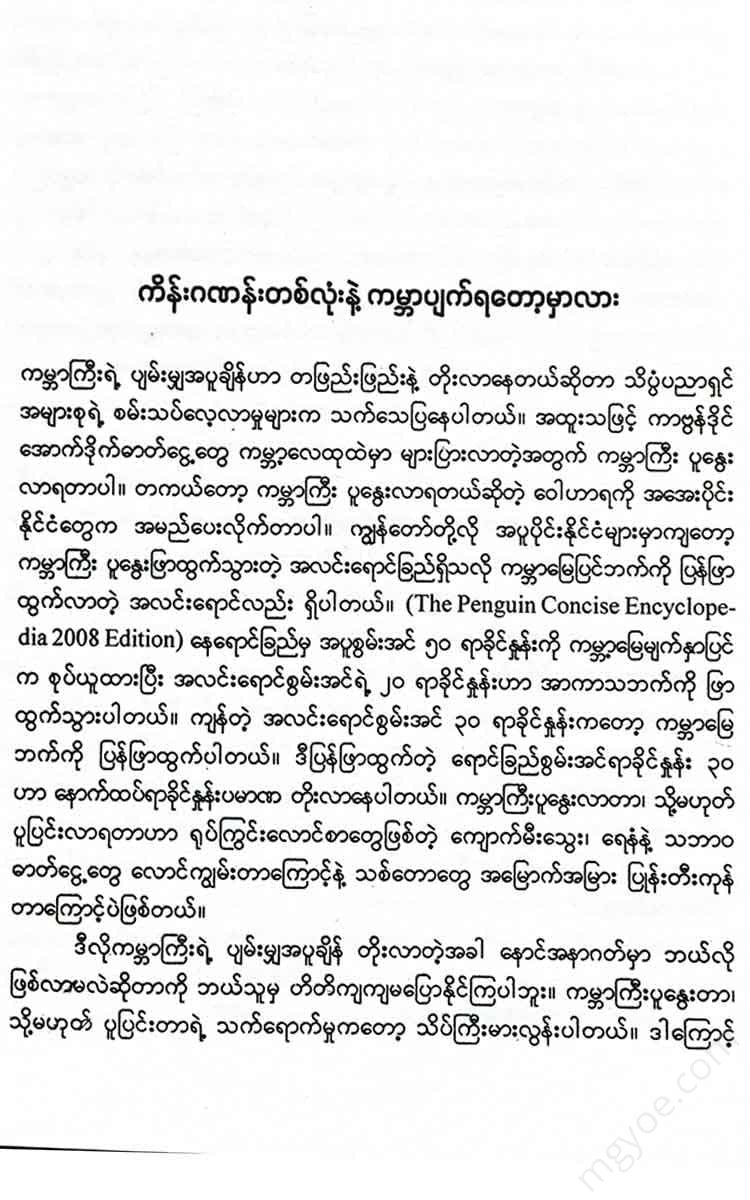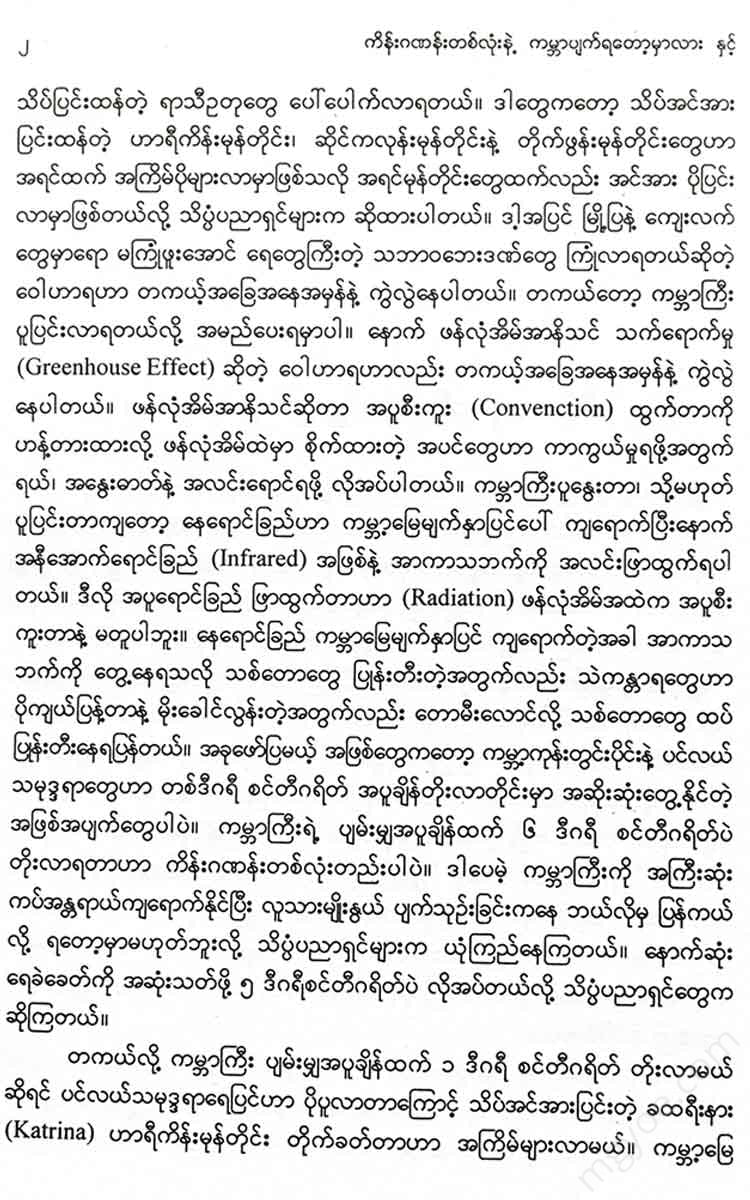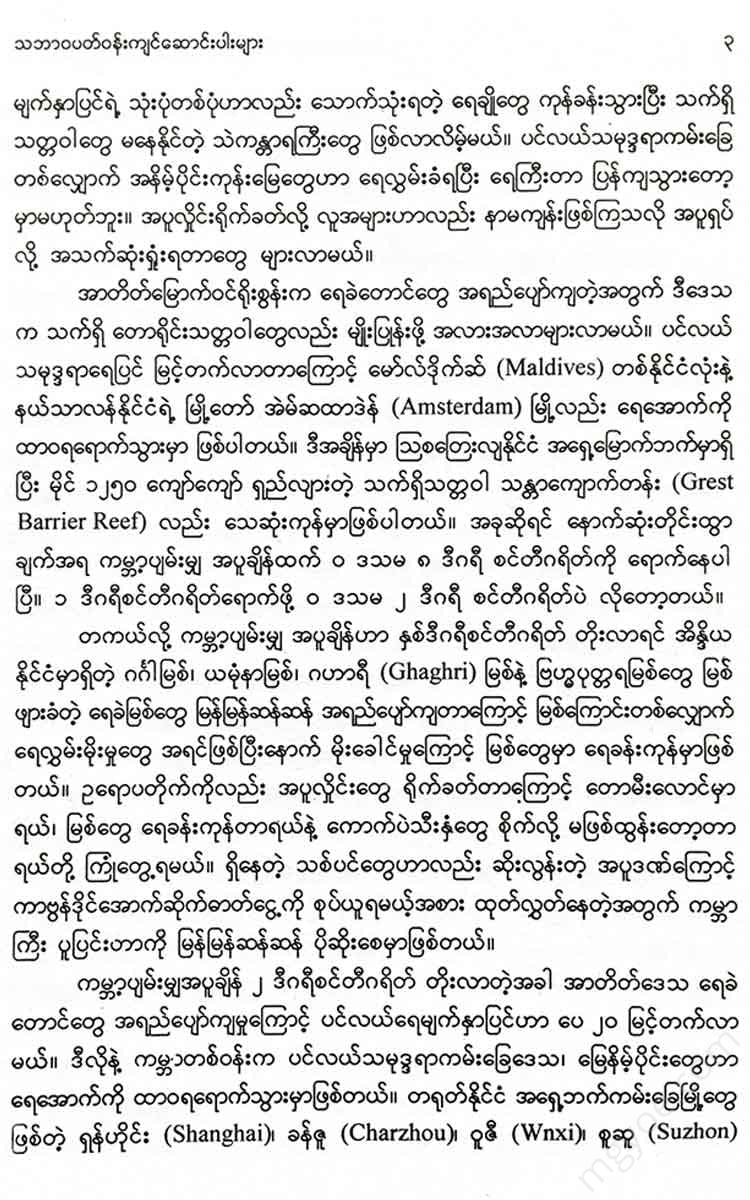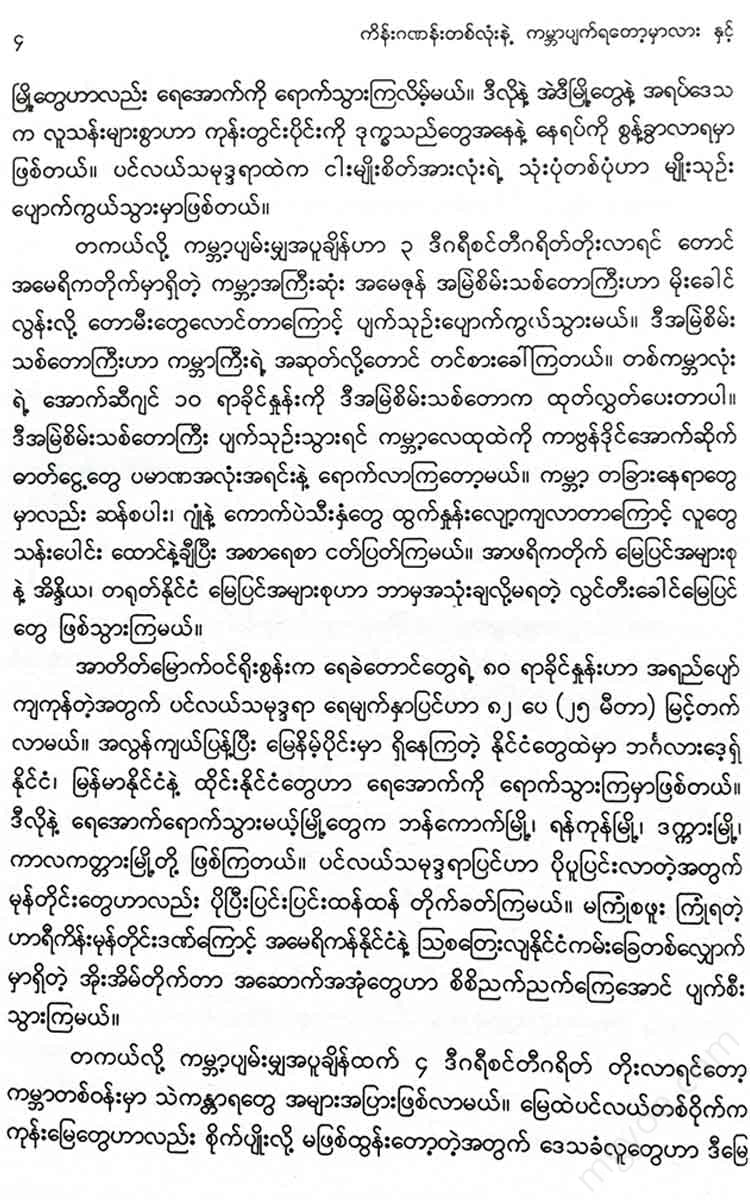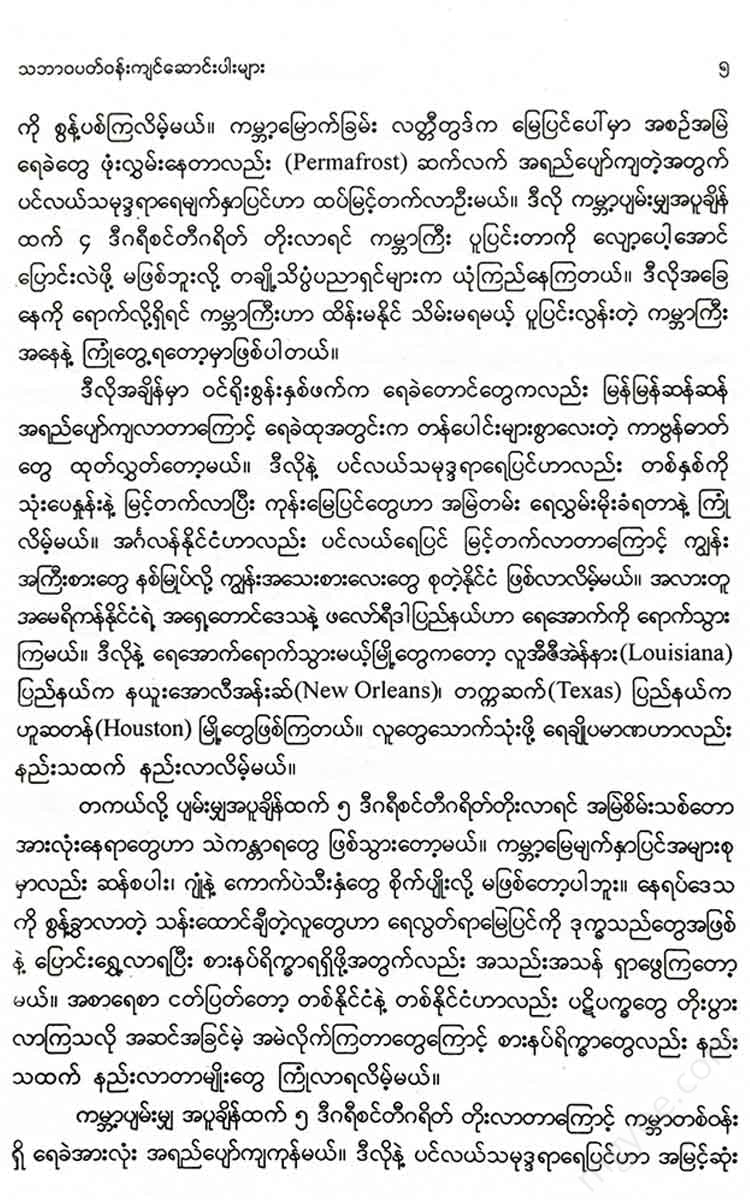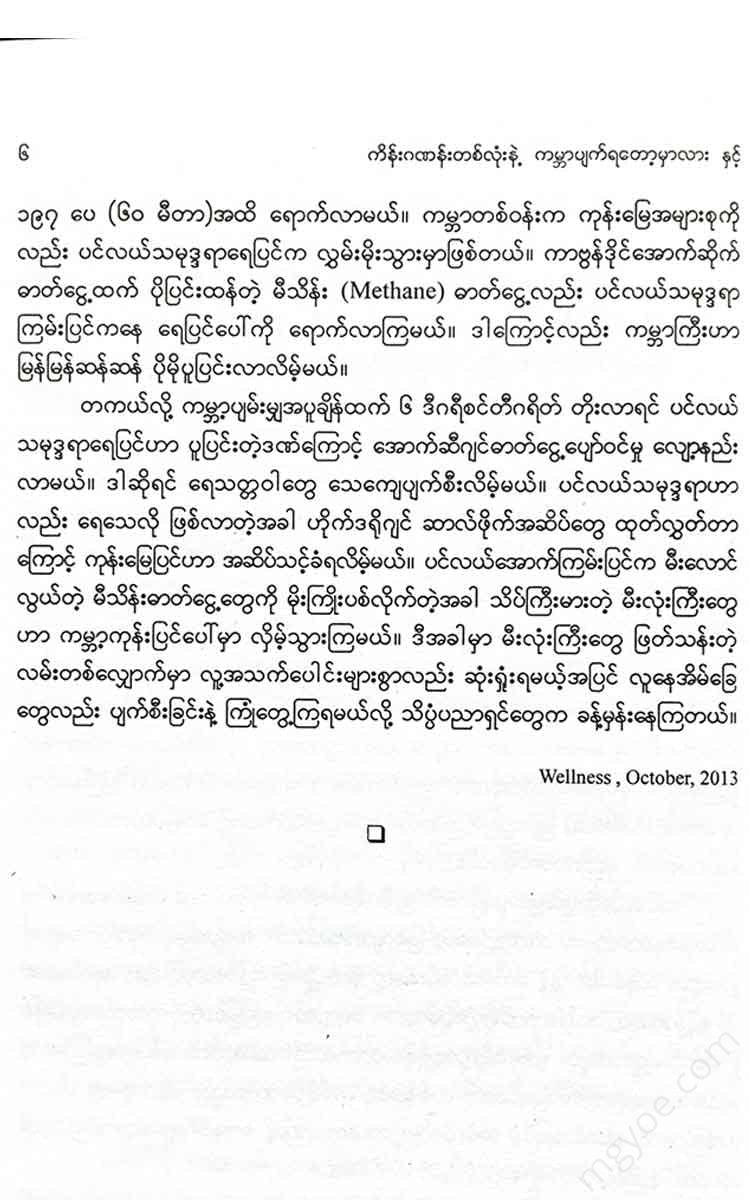စိတ်ကူးချိုချိုစာပေ
Doctor Who - Will the world end with a single number?
Doctor Who - Will the world end with a single number?
Couldn't load pickup availability
Is the world's climate changing?
" La Niña girl is proving to be just as destructive as her brother El Niño."
The interaction between the surface of the tropical Pacific Ocean and the atmosphere above it is what gives rise to the complex and difficult-to-understand El Niño and La Niña events. The massive ocean currents and the atmosphere move along the path of climate change from one side of the ocean to the other.
The vast Pacific Ocean (which covers 65 percent of the Earth's surface) and its associated water, air, and other unknown factors combine to form the El Niño and La Niña phenomena. These phenomena cause climate change in many parts of the world. El Niño is a warm current that flows from the western Pacific Ocean to the eastern Pacific Ocean. It is called El Niño because it is warm and occurs around Christmas. This warm current flows from the Peruvian coast to the eastern Pacific Ocean. This El Niño is characterized by unusual temperature changes, heavy rainfall, and droughts around the world. El Niño's sister phenomenon, La Niña, is less well known and occurs less frequently. La Niña, a cold current, flows from the eastern Pacific Ocean to the western Pacific Ocean. The La Niña cold current causes unusual weather patterns around the world along its path. During a La Niña event, the eastern and central Pacific Ocean becomes cooler and the western Pacific Ocean warmer. The trade winds also become stronger, drying out the wettest regions. El Niño is the exact opposite of a La Niña event. Here are some of the things that... Trade winds weaken, causing the tropical ocean waters west of South America to become cooler, while the ocean waters east of South America become warmer. The drier regions also experience heavier rainfall. Hurricanes in the eastern Pacific Ocean also become more intense and more frequent. In many parts of the world, this climate change has a significant impact on the winters of the Americas. La Niña causes warmer winters in Southeast America and cooler winters in Northwest America. El Niño makes the winters of Southeast and Southwest America colder and the winters of northern Central America warmer.
Fishermen in the oceans of Ecuador, Peru, and Colombia were the first to notice this warm current. They named it El Niño in Spanish because of the warm currents that occurred around Christmas time.
Originally thought to be caused by the movement of air over the ocean, El Niño is now thought to be a small part of the larger El Niño and La Niña processes. El Niño is associated with changes in air pressure over the South Pacific Ocean, and with the movement of air over the region. These events cause severe storms to hit the west coast of the Americas. Europe and its west coasts are also subject to severe storms, and Europe and North America experience frequent winters with tropical cyclones and heavy snowfall. A notable example of El Niño was the unexpected heavy rains that occurred during Christmas 1997. Despite advances in weather forecasting technology, global meteorologists failed to predict the large-scale global climate change that occurred before 1982-83. They also missed the rapid onset of El Niño. In 1997 and 1998, El Niño caused widespread weather disruptions that killed scores of people and caused widespread damage to cities and villages.
Once meteorologists have some data and figures, they can predict the heavy snowfall, flooding, and droughts caused by El Niño and La Niña up to six months in advance. When an El Niño ends, a La Niña occurs. But La Niña doesn't always occur. Typically, La Niñas occur less frequently than El Niños. It takes two to seven years for an El Niño to occur. Each event can last 12 to 18 months.
In May 2010, the National Oceanic and Atmospheric Administration (NOAA) reported that the El Niño effect was not yet strong. In April 2009, the Pacific Ocean surface temperature was above normal, and by June, temperatures had risen again, leading to the emergence of El Niño. In October 2009, the surface temperature rose again, strengthening El Niño. In late February 2010,
Temperatures are slowly receding. The current El Niño was predicted to make 2010 the hottest year on record, compared to 2009. The August issue of the British "Independent" newspaper reported. The weather between El Niño and La Niña is normal. Some El Niños are stronger than others. La Niña is similar. Some La Niñas are stronger than others. The moderate La Niña began in mid-2010 and reached its peak in January 2011. La Niña is likely to continue for a few more months. It is possible that La Niña could last until the middle of this year. The heavy rains and floods in Australia are due to La Niña. Australia is in the path of all the severe weather events of La Niña. On January 4, 2011, 10 people died in the Philippines due to heavy rains and flash floods. These events are not unlike the precursors of La Niña. In November and December 2010, Venezuela and Colombia experienced heavy rains and floods. The rain caused a sudden flash flood, causing people to lose their lives. The culprit is
La Nina is just a little girl. Last August, heavy rains in Pakistan caused massive flooding, killing at least 1,700 people and forcing 20 million people to flee their homes, all consistent with La Nina.
Pakistan's current disaster is due to the fact that the El Niño season ends and La Niña begins. At the end of the El Niño season, temperatures in the Indian Ocean rise. The warmer air over the ocean can carry more water vapor, which causes heavy rain. La Niña rainfall increases in intensity as the heat left by El Niño meets the heat left by the El Niño, which is why Pakistan's flood crisis is so severe.
"It's a huge disaster," said Davenport of the US National Institute of Global Warming Research. Australia's oceans are also warming, with Brisbane, the capital of Queensland, suffering from a 10-year drought, suffering from flooding that has left many people dead and displaced. The cost of the flooding is estimated at $12.8 billion.
In the coming years, if the ocean warms and one of these two siblings (El Niño and La Niña) collides, the extent of the damage from flooding will be even worse. It is estimated that the Pacific Ocean's warm current will become stronger in a warmer world, while other estimates suggest that the warm current will become weaker. The extent and magnitude of the effects of El Niño and La Niña can also vary from one period to another.
The effects of La Niña could be devastating in the coming months. The International Federation of Red Cross and Red Crescent Societies, as well as the International Meteorological Research Institute, predict that northern South America and southeastern Africa will experience heavy rainfall over the next two months. The worst flooding in Mozambique since February 2000 is likely to be exacerbated by the intensity of La Niña.
Meteorologists are not sure whether La Niña and El Niño are linked to volcanic eruptions (or to the formation of sunspots). Meteorologists have not been able to find any evidence that El Niño and La Niña are linked to climate change since the year 2000. But the possibility cannot be ruled out, the journal Science reports. Supporting this idea is the fact that El Niño has become more frequent and La Niña has become less frequent in recent decades. However, there is considerable disagreement and competing theories about where and how El Niño-La Niño events originate and how they affect the world’s complex climate and ecosystems.
Ref: Economist, 8 January, 2011
New York Times Almanac, 2011
penguin Concise Encyclopedia
Wellness, May, 2011
